Tragedy strikes Rukinga Sanctuary
WARNING: The following blog post contains graphic photos of elephants killed by ivory poachers. View at your own discretion.
As the new year kicks off, we take a look back at the challenges and accomplishments of 2012. We were proud to start the year by building a nursery for Wildlife Works’ employees’ families, and thrilled to be partners with PUMA for their Creative Factory project. We welcomed our first female Wildlife rangers and happily received validation and verification for the first REDD+ project in the Democratic Republic of Congo.
The greatest challenge we face going into 2013 is the growing threat to wildlife from the increasingly violent ivory trade, and we can’t emphasize enough how great the risks are to the animals and those who protect them.
Wildlife Works has been protecting endangered wildlife at our sanctuary in South East Kenya between Tsavo East and West National Parks since 1997. The 1989 global ban on the African ivory trade had helped deter gunned poachers from setting foot on our sanctuary, but over the past year, we have witnessed an exponential increase in violence. Most of the armed poachers come over the Kenyan border from Somalia. The violence they bring upon the animals and the surrounding communities threatens our work toward the goal of a sustainable future where communities can grow economically alongside thriving wildlife.
“We’ve been working in Kenya for the past 17 years… We lost 10 elephants to ivory poachers in the first 15 years, and 45 in the last 18 months, and this is despite being a relatively well-funded organization with extraordinary relationships with the local community members who benefit from wildlife,” says Wildlife Works founder and CEO Mike Korchinsky.
Within the past year, one of our rangers was killed, another injured, and six elephants were recently stripped of their tusks and left for dead. This type of violence on protected land is unprecedented, and is a direct result of East Asia’s increasing demand for ivory that threatens the endangered African elephant now more than ever.
The most recent incident happened on October 28, 2012. Gunshots were heard coming from our Rukinga Sanctuary in the late afternoon. The Kenya Wildlife Service were alerted and immediately sealed off the scene of the crime. The incident had taken place as the sun was going down, so unfortunately there was little the rangers could do at that time.
On the following day Rob Dodson, our VP of Africa Operations, flew over the crime scene with one other ranger. While airborne, they spotted three elephant corpses lying on the ground.
They drove to the GPS location to find two elephants dead with tusks removed and one badly wounded but with tusks still attached. The rangers also spotted the tracks of a fourth elephant, which they found 800 meters away at Ziwa-nyoka Dam with a gunshot wound to the leg. The two wounded elephants were badly hurt, and the best option was to put them down humanely and save them from a slow and painful death.
Kenya Wildlife Service and tracker dogs were commissioned to follow the poachers’ tracks. While on the hunt, rangers discovered two more fresh elephant carcasses with tusks removed. Despite their many kills, it is likely that the poachers had gathered a low harvest in terms of tusk weight for their bosses. Many of the elephants were young, not even adults yet, and their tusks were visibly immature. The poachers must have been desperate for ivory to attack such young creatures.
The death of six elephants is six too many but all is not lost. Wildlife Works is currently protecting almost 2,500 elephants in and around the Kasigau Corridor and will do everything in our power to keep them safe. We are thankful for the efforts of Wildlife Works and KWS rangers, even when it means putting themselves in the line of fire.
This is a desperate time for the African elephant, but there is still hope. By working together, we can make a difference and create an environment where these endangered animals can flourish. We can provide sustainable jobs that provide the community with economic alternatives to killing wildlife and destroying forests for basic survival needs. We can support a balanced ecosystem where animals are worth much more alive than dead.
Mike Korchinsky adds, “In the end, as big a market as [the ivory trade] appears to be, it’s tiny in the context of international global markets and if the government wanted to stop it they could stop it, and stop the flow of money.”
You can help by not purchasing any items made with ivory, supporting other companies that are committed to protecting the biodiversity of our planet, signing the petition at iworry.org, and signing the petition at change.org launched by fellow elephant crusader Kuki Gallmann, who is boldly pleading for the end of producing items made from ivory.
The most effective thing you can do to help bring an end to the ivory trade is to write to your country’s representative at CITES (www.CITES.org). National contacts and information can be found by clicking on the name of the relevant country at www.cites.org/common/National_contacts.pdf.
Elephants are a world’s heritage.
Elephants belong to all humanity.
Elephants belong to you.
Do realize that: When the buying stops, so does the killing.
-Kuki Gallmann


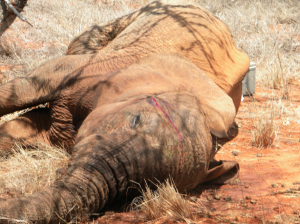
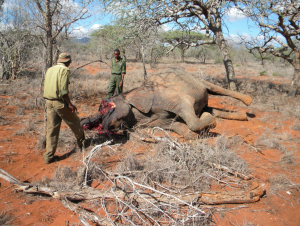
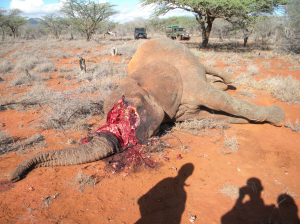
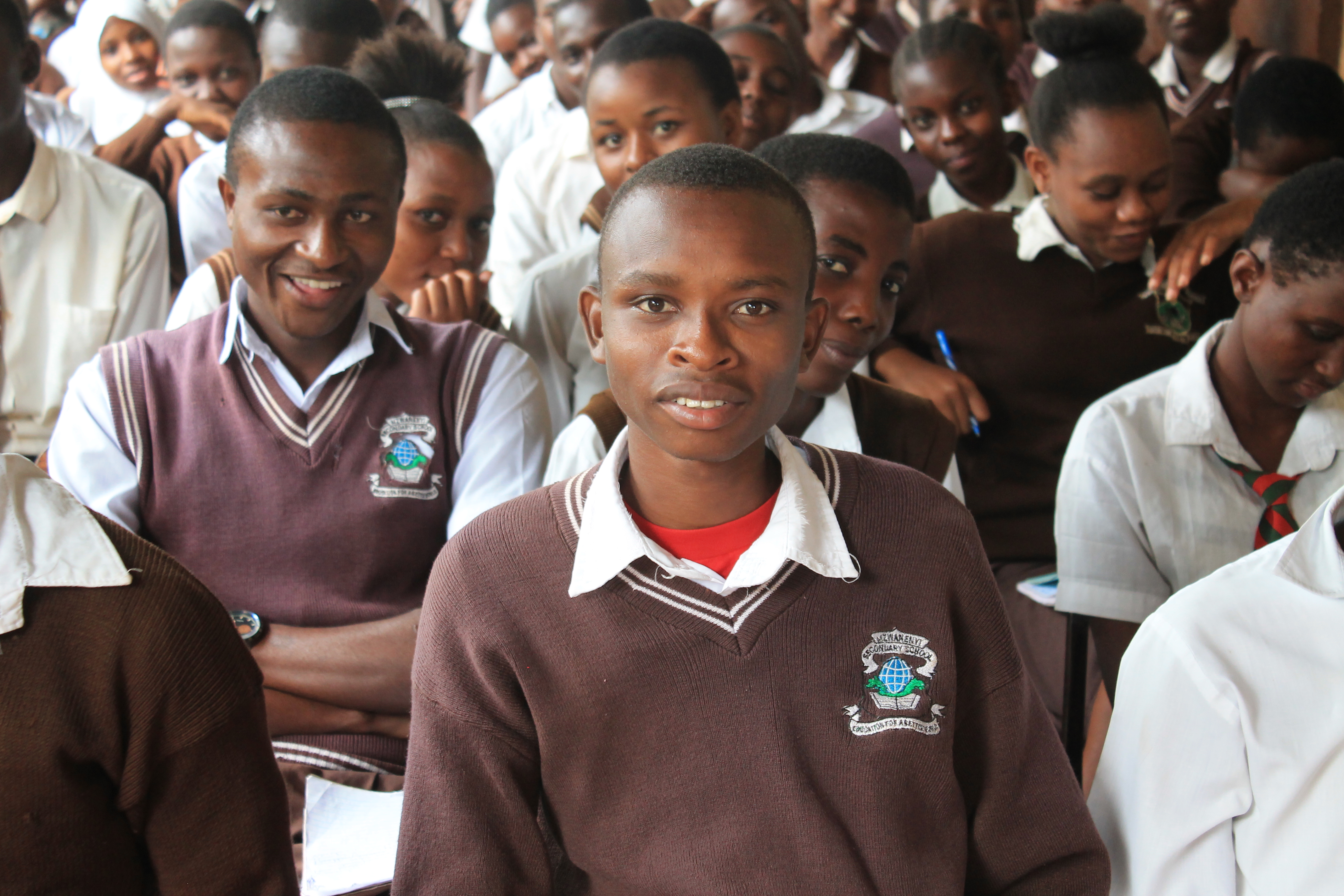
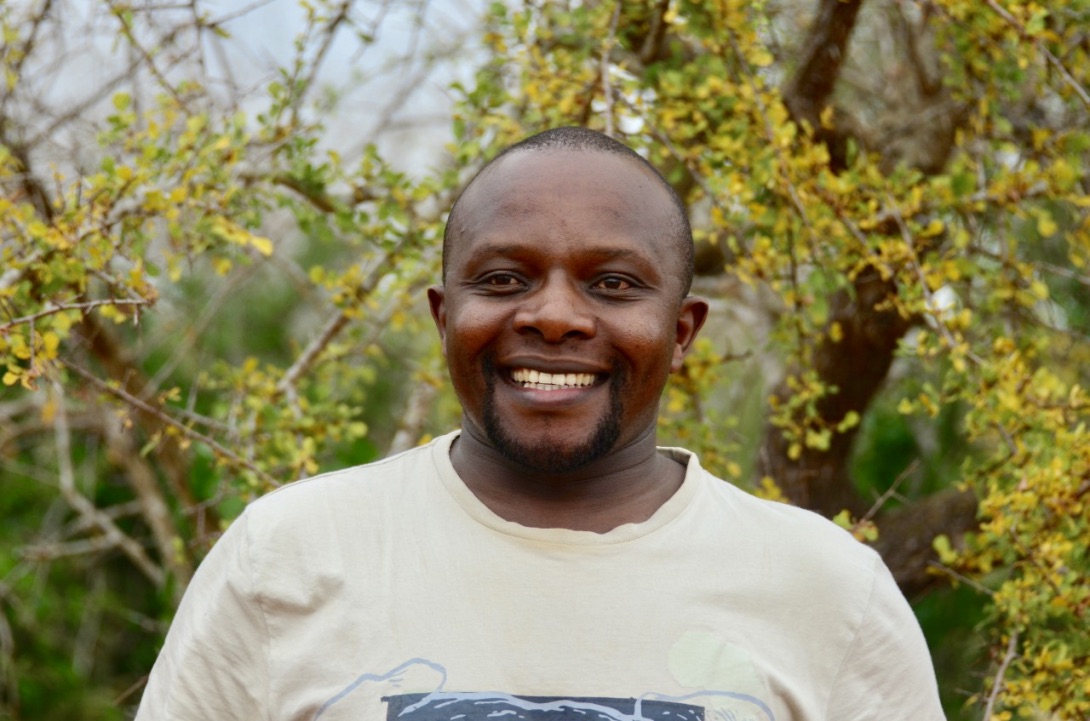
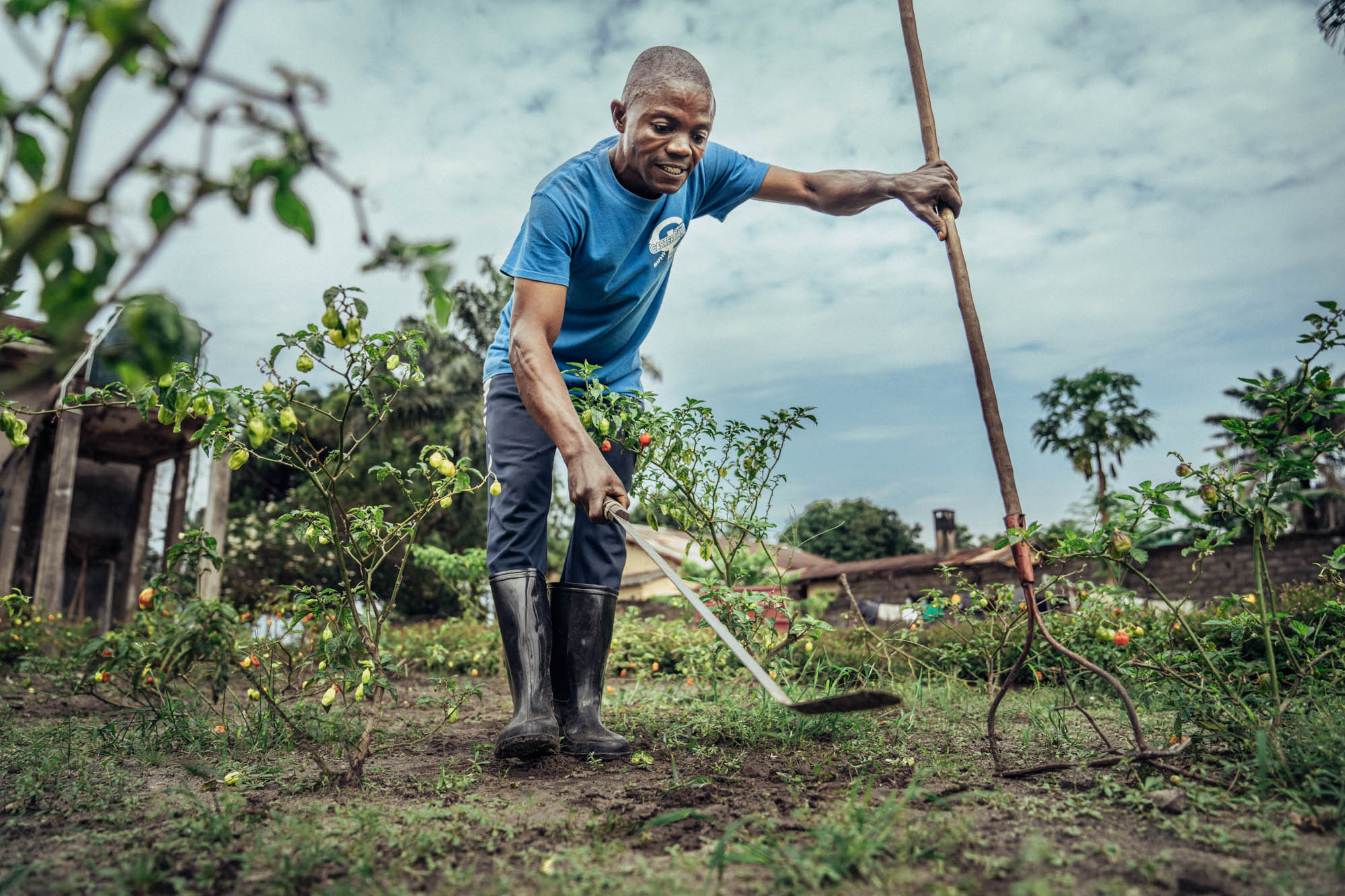
2 Comments
Pingback:
Wildlife Kenya Safaris
The two poachers were taken to the nearby town of Voi’s police station and then to court in accordance with the law.